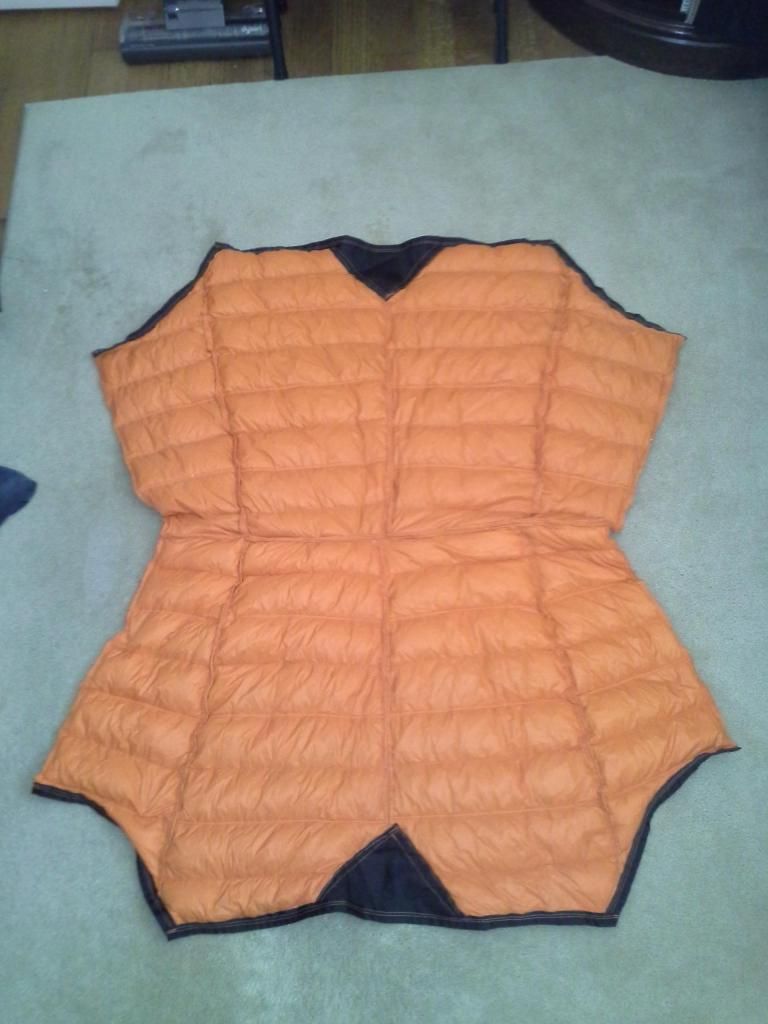After making one complete set of UQ and TQ with a seam ripper I went to using a ceramic paring knife. I started by tugging the seam cover and slicing a thread or two. It starts to pull back easily. Then I was very, VERY careful to expose and slice a thread of the stitching that holds the two pieces together. From there it was a matter of pressing the material to expose the thread and slicing it carefully all the way around the arm seam. It took a lot less time this way and no fabric was damaged. The seams get restitched in construction minimizing down loss.
Regardless of which style you choose to make, this method of seam removal may save you hours.





 Reply With Quote
Reply With Quote





Bookmarks